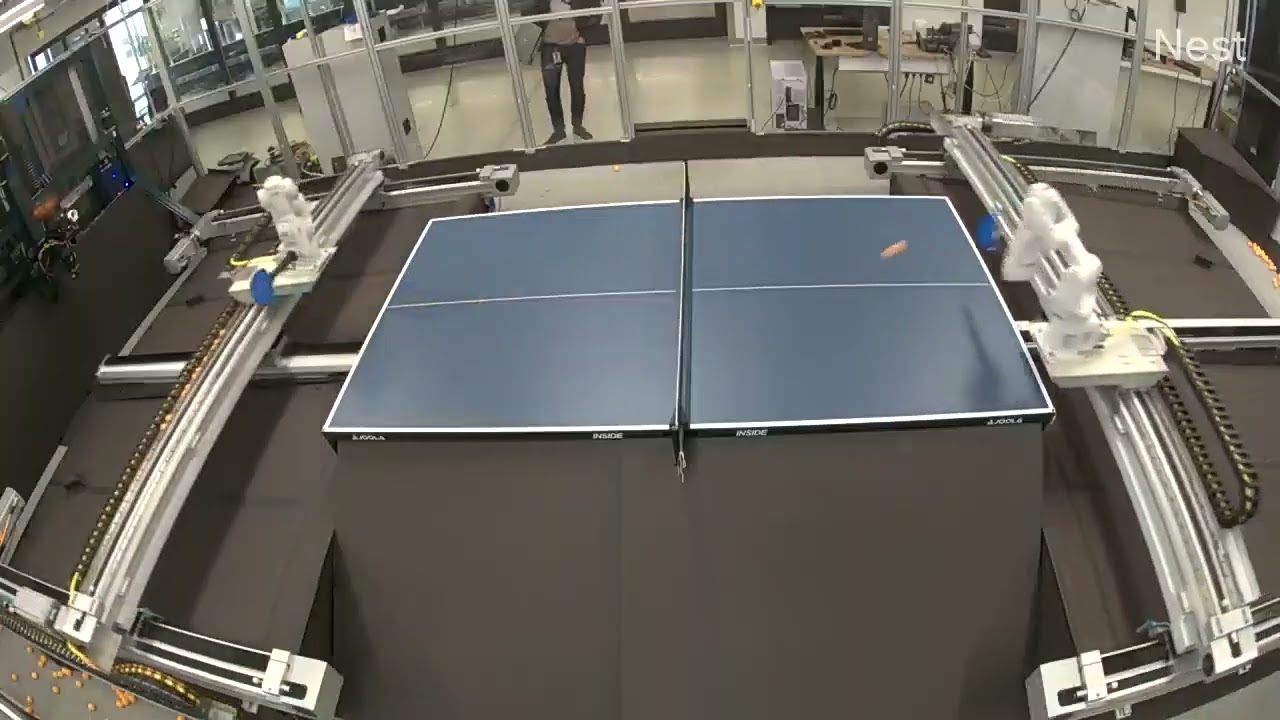Skin wrinkles because it stretches like Silly Putty
Everybody’s skin wrinkles with age, but the actual science behind why it happens is murkier than you may expect.
Dermatologists typically cite factors such as genetics, UV damage, and underlying pathological conditions. However, most evidence for skin wrinkling theories come from studies that used computational modeling to estimate how the dermal layer changes over time. Very few experiments involve validating theories with actual skin samples. With this in mind, researchers at Binghamton University, State University of New York decided to change that. Their findings represent a first-of-its-kind, conclusive analysis offering a remarkably simple explanation for how wrinkle lines form in the first place. According to their study published in the Journal of the Mechanical Behavior of Biomedical Materials, it’s generally all about movement.
“This is no longer just a theory,” biomedical engineer and study co-author Guy German said in a statement. “We now have hard experimental evidence showing the physical mechanism behind aging.”
German calls his team’s findings a “Holy Grail” for skin mechanics, especially in the context of a multibillion-dollar industry dedicated to all kinds of dermatology regimes—many of which are more sham than skincare.
“When I got into this field, that was one of my goals–can I figure out aging?” German explained. “Because if I look at the TV, the radio, online, at shops, I’m being told 1,000 different things about how to improve my skin health, and I want to know what’s right and what isn’t. And so I thought I’d skip to the end and try and figure it out myself. “
To gain a better understanding of skin’s properties, German and his colleagues recruited a group of volunteers ranging in age between 16 and 91. They then used a low-force tensometer to stretch small strips of their skin to simulate everyday forces applied to the body’s largest organ. The results clearly showed that as skin stretches one way, it also contracts in the other direction. These contractions grow larger with age, forming wrinkles in the process. German likened the dynamics to a popular, elastic children’s toy.
“If you stretch Silly Putty for instance, it stretches horizontally, but it also shrinks in the other direction–it gets thinner. That’s what skin does as well,” he said. “As you get older, that contraction gets bigger. And if your skin is contracted too much, it buckles. That’s how wrinkles form.”
There is a bit more to it than just Silly Putty. According to German, your skin’s mechanical properties get somewhat “wonky” as you age and “things degrade a bit.”
“It turns out the skin stretches laterally more, which causes the actual wrinkles that form. And the reason why that exists in the first place is that your skin is not in a stress-free state,” he said. “It’s actually stretched a little bit. So there are inherent forces within your skin itself, and those are the driving force towards wrinkles.”
Because of this, people with more physically active careers such as construction workers are likely to have more aged, wrinkled skin than office employees. But German stressed that the team’s conclusions don’t let anyone off the hook when it comes to dermatological care.
While mechanical stress may be the biggest influence on how wrinkles initially develop, protection against major issues like sun damage and hormonal imbalances will keep your skin healthy. Just because skin is smooth doesn’t mean it is immune to UV radiation, so be sure to continue slathering yourself with SPF. Wrinkled or not, your body will be better off for it.
Source link








